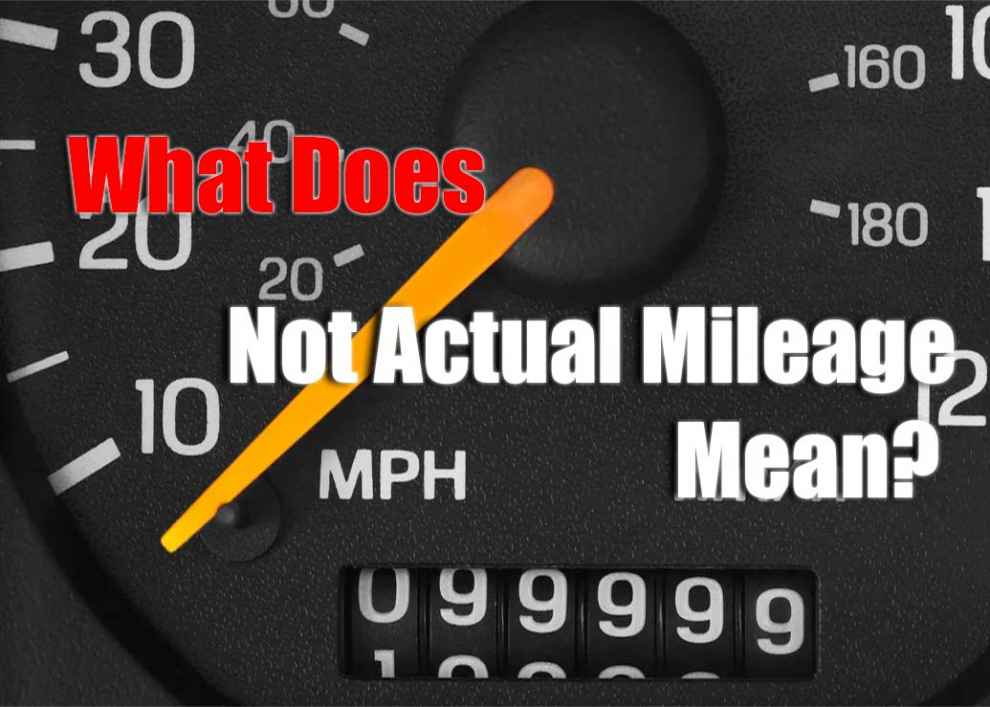Are you wondering what does not actual mileage mean when it comes to cars? It’s an important question, because this type of reading can have a significant impact on the value of a vehicle. In this article, we’ll explain what not actual mileage is, discuss some different types of odometer readings and explain how to determine accurate vehicle mileage. We’ll also provide an overview on calculating vehicle mileage. By understanding these details, you will be in a better position to make informed decisions when buying or selling a car.
What Is Not Actual Mileage?
Not actual mileage (NAM) is an odometer reading that does not reflect the true mileage of a car. This type of reading is usually found on older vehicles, or those with a history of extensive repairs or modifications. NAM readings typically range from 5,000 to 50,000 miles and are not considered accurate by auto industry standards.
Types of Odometer Readings

Determining Accurate Vehicle Mileage
The most reliable way to determine the accurate vehicle mileage is through vehicle history reports such as Carfax and AutoCheck. These reports provide detailed information on past ownership and repair records which can help you determine the true odometer reading for any particular vehicle. It’s also important to look for signs of tampering, such as disconnected odometer cables or a newly-installed instrument cluster.
Calculating Vehicle Mileage
If you need to calculate the vehicle mileage yourself, there are a few simple steps you can take. First, check the owner’s manual for the vehicle’s annual service interval and determine how many miles have been driven since the last service appointment. Then divide that number by the number of years since the last service appointment (or purchase date if it was less than two years ago). This will give you an estimate of how much mileage has been put on the vehicle between services. Finally, subtract this estimated number from the current odometer reading to get an approximate figure of how much mileage is actually on the car.
Conclusion
Not actual mileage can be confusing and difficult to understand at first glance, but with some research and understanding you can determine whether or not it affects your purchasing decision. Remember to check vehicle history reports such as Carfax and AutoCheck when buying a used car in order to get an accurate picture of its true condition and mileage. And if needed, use our guide above in order to calculate vehicle mileage accurately on your own.

Add Comment